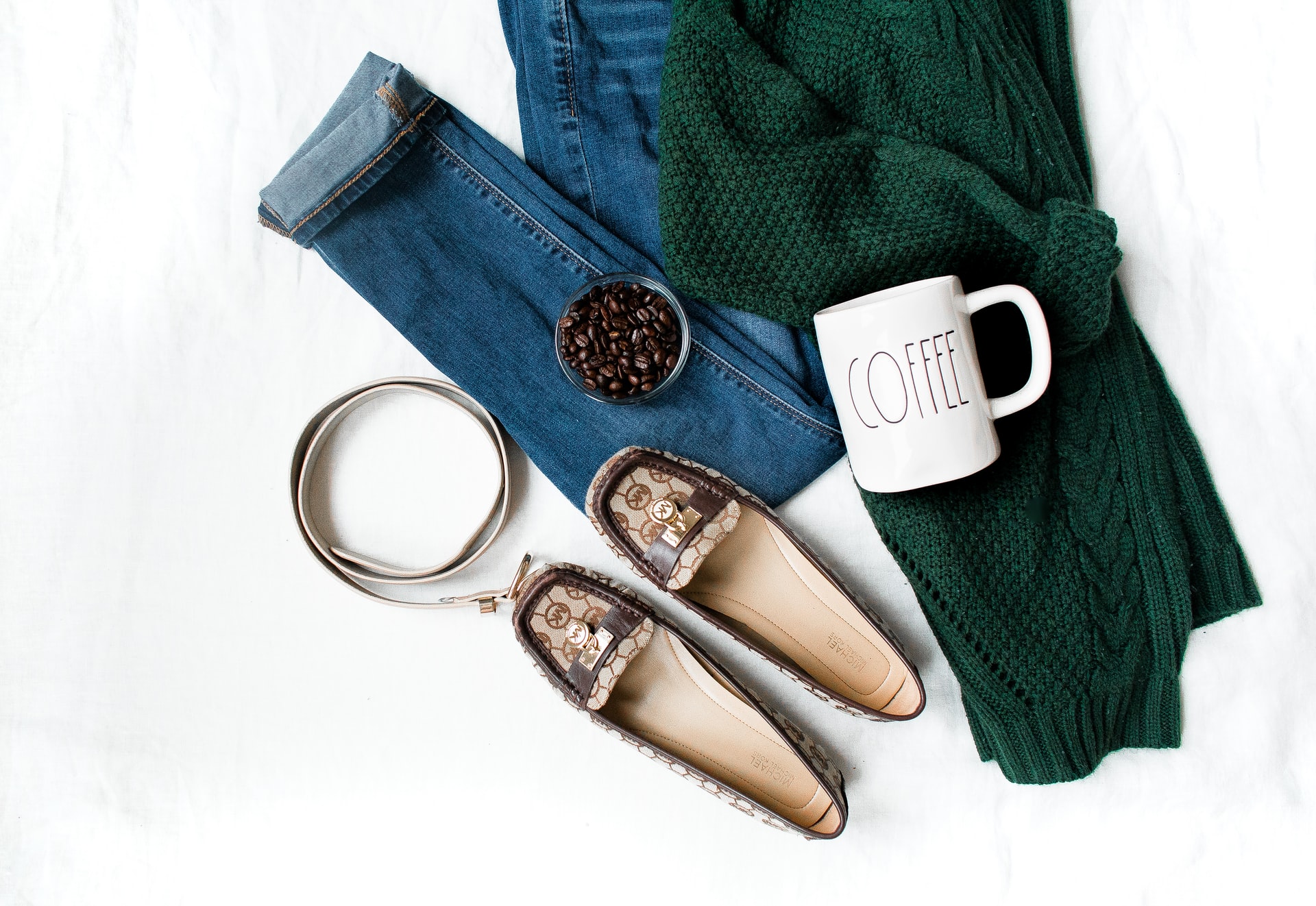Top three unexpected fashion trends you did not think of
As the year 2021 is passing by, lots of famous, local and luxury brands are spreading out new style guides, presenting new fashion collections and preparing new sprong, summer, autumn and winter collections for the coming 2022.
Wow effect
For the Met Gala 2019, Tommy Hilfinger created several outfits at once, but the dress for Zendaya turned out to be the most memorable. Especially for her image of Cinderella, the designers outfitted the star with a corset consisting of microcircuits and a LED-backlit petticoat. With a wave of the wand with the activation button, the dress changed color and began to glow. However, this is not the first glowing dress on the red carpet of the Costume Institute ball – in 2016 Claire Danes appeared in something similar.
At the last show, Iris van Herpen presented a couture collection called Hypnosis. Thanks to the kinetics, the scenery and some elements of the outfits came into motion. The entire process of creation took about six months, during which time the designers of the brands, sculptor Anthony Hove and architect Philip Beasley showed the world a collection cut from silk, aluminum, stainless steel and gears.
“Bully of English fashion” Alexander McQueen has resorted to technology for his shows more than once. During the demonstration of the collection “Culloden’s Widow” on the catwalk appeared a hologram of Kate Moss in a floating dress. And six years earlier, McQueen made another technological attack on the fashion world, painting the dress of model and former ballerina Shalom Harlow with the help of robots.
Social Subtext
Central Saint Martins alumnus Beatrice Sangster-Bullers has created clothes that can change depending on the mood of the wearer. To do this, you will have to put on an electroencephalogram bracelet on your head, which will read brain waves. The collection not only raised issues of artificial intelligence and mental health, but was also created using recycled materials, including Singtex, which is made from coffee grounds.
Today, making clothes made from recycled materials is already becoming mainstream. When Emma Watson appeared at the premiere of Beauty and the Beast in a dress made of plastic bottles in 2017, the world gasped, but in 2019 this will surprise no one. Tommy Hilfiger, Everlane, Antonio Berardi, Patagonia, adidas, H&M and many others have hit the eco-theme. They use bags, plastic bottles, plastic bottles collected from the beach, straws, containers and other recyclable material.
New reality
The industry is starting to make money not only on physical things. Nike released Jordan sneakers that could only be worn in the Fortnite game. Incidentally, this shooter makes $ 300 million a month, thanks in large part to the sale of skins.
The Scandinavians went even further. Not only have they canceled Fashion Week, but now they are selling virtual clothes – exclusively for bows on Instagram. The Carlings brand offers 19 garments ranging from € 10 to € 30, which are converted into 3D after purchase. It will not be difficult to take photoshopping such, and the benefits to nature are colossal.
However, this does not mean that virtual clothing will help save money. In May of this year, Richard Ma, a top executive in Toronto, bought his wife a dress for $ 9,500. One “but”: the outfit was not real. The dress was designed like an Instagram mask – Richard’s wife took a photo shoot, and Dapper Labs imposed a purchase on the resulting frames.
While the beauty industry is taking advantage of online fitting opportunities, the fashion market is just embracing this art. So far, only Gucci and Nike have started developing a virtual collection, but who knows, maybe very soon the world will prefer to spend money only for the visualization of the product, and not for its availability. After all, there are people who buy clothes just for the sake of a couple of frames on Instagram.
Asos hasn’t yet learned how to dress up customers in virtual clothing, but has managed to create an augmented reality application that reproduces the passage of a model in a brand’s clothing when the camera is pointed at a surface. True, the meaning of this technology is not clear.

